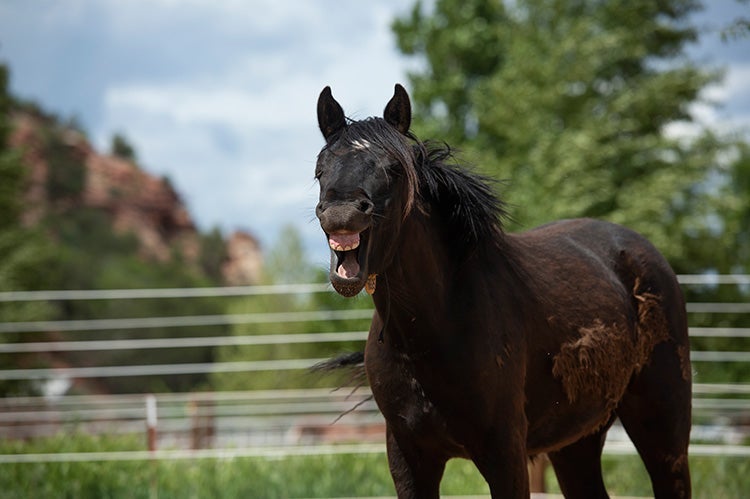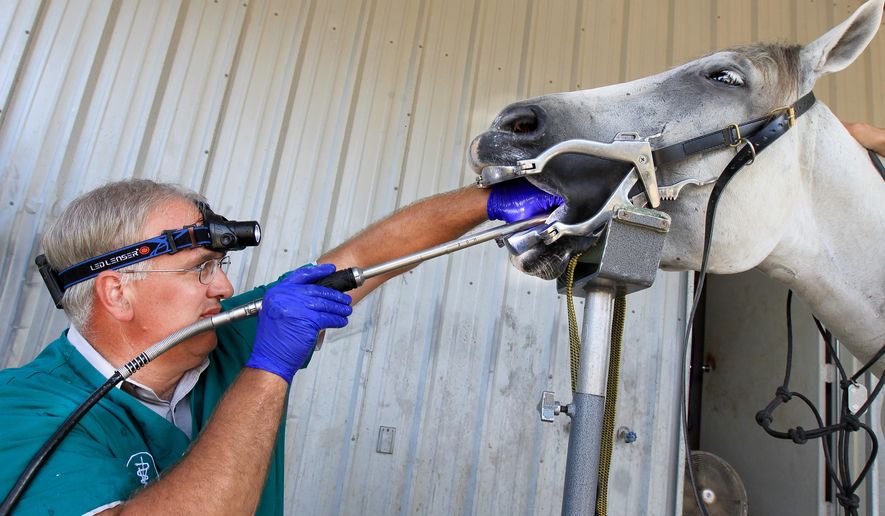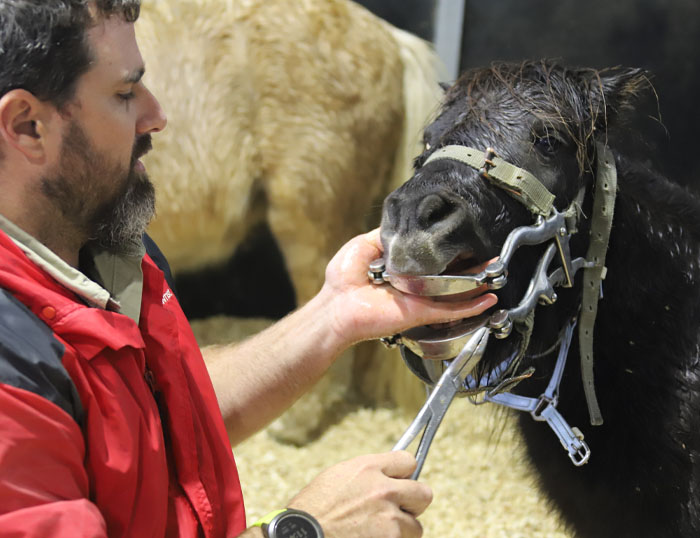For those passionate about equine care, understanding the basics of a DIY dental inspection in horses can be incredibly rewarding. While professional veterinary care is irreplaceable, knowing how to perform a basic check can help you spot potential issues early. This guide aims to provide you with the knowledge to safely conduct a preliminary dental inspection.

The Importance of Dental Health in Horses
Horses, much like humans, require regular dental care to maintain overall health and wellbeing. Poor dental health can lead to serious issues, including weight loss, behavioral problems, and even systemic infections. Routine dental inspections can prevent these problems from escalating.
Understanding Equine Teeth
Equine teeth are unique and continue to grow throughout a horse’s life. This continuous growth can lead to sharp edges and uneven wear, making regular inspections crucial. Horses typically have 36 to 44 teeth, depending on their age and sex, and understanding this anatomy is essential for performing a DIY dental inspection in horses.
Preparing for a DIY Dental Inspection
Before beginning your inspection, gather the necessary tools: a flashlight, gloves, and possibly a speculum. Ensure your horse is calm and comfortable. It’s important to have a good understanding of your horse’s normal behavior, as this will help you notice any changes that might indicate dental discomfort.
Signs of Dental Problems
Be alert to signs such as drooling, difficulty chewing, weight loss, and changes in eating habits. Behavioral changes, like increased resistance when riding, can also indicate dental issues. For more information on how dental issues can affect behavior, visit this horse behavior guide.
Conducting the Inspection
Step 1: Checking the Mouth
Begin by gently opening your horse’s mouth. Use your flashlight to inspect the teeth for sharp edges, missing teeth, or any unusual growths. Pay close attention to the molars, as this is where most problems occur. If you notice anything concerning, consult a professional.
Step 2: Inspecting the Gums
Healthy gums should be pink and firm. Check for any signs of redness, swelling, or bleeding, which could indicate infection or irritation. For a detailed checklist, refer to this mouth exam checklist.
Step 3: Evaluating Tooth Wear
Examine the wear patterns on the teeth. Uneven wear can lead to sharp points that may cause discomfort. Regular floating by a veterinarian can help manage this, but being aware of the wear patterns helps you stay informed about your horse’s dental health.
When to Consult a Professional
While a DIY dental inspection in horses is beneficial, it does not replace professional dental care. If you observe any abnormalities during your inspection, or if your horse exhibits persistent signs of discomfort, seek veterinary assistance immediately. For the importance of regular professional care, you can read more on High Country Vet.

Preventive Dental Care Tips
Maintaining your horse’s dental health involves more than just inspections. Ensure a balanced diet and regular veterinary check-ups. For tips on maintaining dental health, consider reading about the management of sharp molars.
FAQ Section
What are common signs of dental issues in horses?
Common signs include drooling, difficulty eating, weight loss, and behavioral changes.
How often should a horse receive a dental examination?
It is recommended that horses receive a dental examination at least once a year by a professional.
Can I perform a dental inspection on my horse by myself?
Yes, you can perform a basic inspection, but it is important to ensure that any significant findings are addressed by a professional.
Understanding your horse’s dental health is a critical component of overall equine care. By conducting regular inspections and recognizing when to seek professional help, you can ensure a long, healthy life for your horse.
This article contains affiliate links. We may earn a commission at no extra cost to you.
